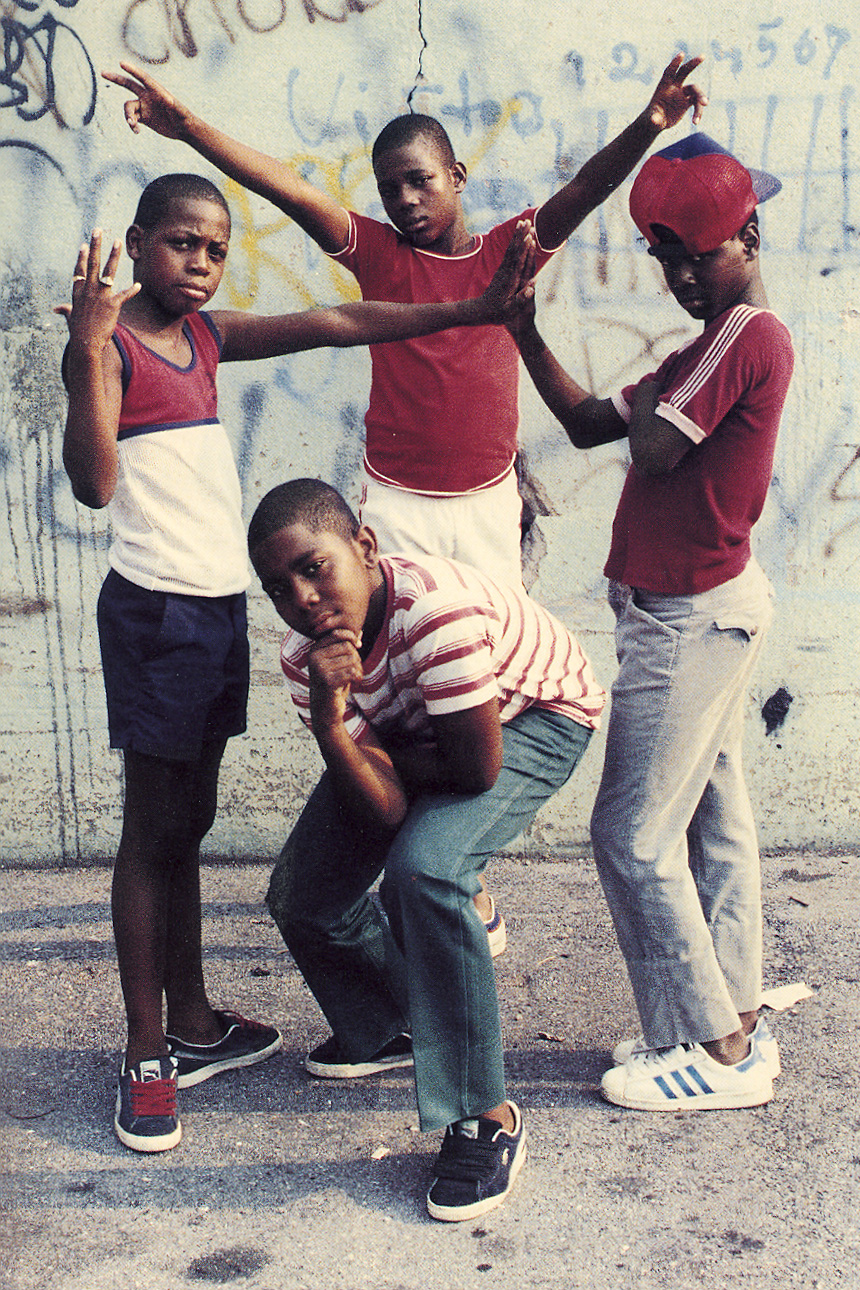Revisit a Time When Street Photography Meant More Than Fashion
See how the legends cross social boundaries to capture iconic images of their milieu.
The history of street photography is generating more interest than ever, now that street style blogs influence high-end brands, everyone has a spy camera (read: iPhone), and documentaries like Bill Cunningham: New York have charmed DSLRs into the hands of the populace. But what about when it wasn't just about fashion, but about documenting a moment in cultural history? A new look at the origins of the movement, Everybody Street, gathers a group of seminal New York-based street photographers to examine the method and motivation behind this most candid and telling style of documenting the human race.
Street photography takes balls. Imagine approaching a total stranger, even a pretty rough-looking one, to ask for their picture — as Brandon Stanton of Humans of New York (with almost a million followers on Facebook) does dozens of times every day. Henri Cartier-Bresson similarly knew how to be bold and keep in the thick of the action, and that's why his opus includes so many arresting images of the major events of the 20th century.
Nowadays the rising generation of street photographers in New York, including Le 21-eme, I'm Koo and An Unknown Quantity keep busy chasing down Soho's trendsetters. Everybody Street, on the other hand, asks veteran photographers Bruce Davidson, Elliott Erwitt, Jill Freedman, Bruce Gilden, Joel Meyerowitz, Rebecca Lepkoff, Mary Ellen Mark, Jeff Mermelstein, Clayton Patterson, Ricky Powell, Jamel Shabazz, Martha Cooper, Jeff Mermelstein, Max Kozloff and Luc Sante all about how they managed to transgress social boundaries to capture iconic images of their milieu.
Jamel Shabazz alone is a phenomenal force in the street photography scene, whose chronicling of the '80s hiphop style movement can be seen in the influential monographs Back in the Days and A Time Before Crack. Shabazz — a former corrections officer with a photographer father — used street photography to perform a type of social work: mainly capturing images of African Americans, he helped to spread pride and self-confidence among young men and women who were at risk of getting mixed up in crack culture. By reminding them they were worth being photographed and admired, and taking the opportunity to talk with them about their lives and share his experiences as a corrections officer, Shabazz hoped to steer people away from drugs and crime.
In Everybody Street, documentarian Cheryl Dunn honours Shabazz's story and those of other snap-happy New York street-crawlers who dared to step in and chronicle what was happening every day on the street, and make a difference along the way.
Everybody Street will be making its world premiere at the Hot Docs International Film Festival in Canada. Further distribution is TBC. Images by Jamel Shabazz. More on his website.






